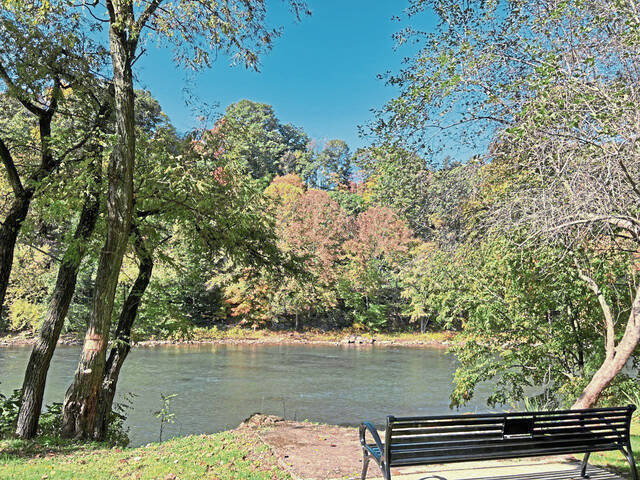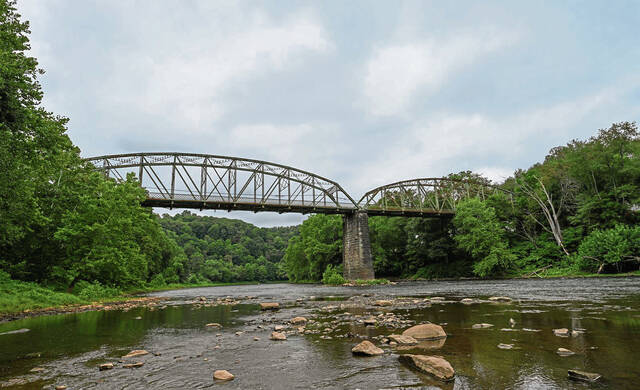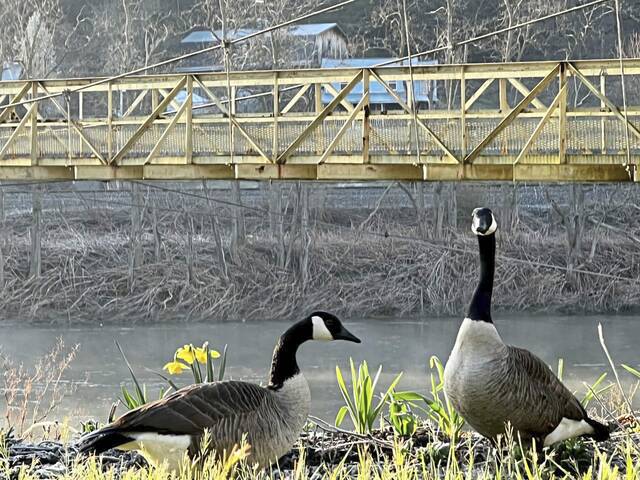Remember When: Major cleanup effort tranformed Kiski River from eyesore into destination spot
In 1971, the Kiskiminetas River was declared the most polluted river in the United States.
Orange and yellow seepage from abandoned coal mines dotted the riverside where tributaries met the river. Various forms of wastewater also were predominant.
A 1980 study done by the state Department of Environmental Protection’s predecessor (Department of Environmental Resources) found that the only living thing in the river was a frog near the mouth.
But conservation groups, such as the Kiski Watershed Association and the Roaring Run Watershed Association, secured grants and led cleanup efforts to change the river’s fate.
For instance, the Cochran No. 1 mine, near the Tinsmill neighborhood in Bell Township, was closed in 1960. Polluted water from the mining operation found its way into Wofford Run, a Kiskiminetas River tributary.
In stepped the federal Surface Mining and Control Act of 1977. The Cochran site was remediated in 1994 with $250,000 provided by a surcharge on coal.
The money went toward removing 1,000 tons of iron oxide sludge from the mining operation that was discharged into Wofford Run.
“The Kiski,” as many prefer the contraction, begins its 27-mile trek near Saltsburg where Loyalhanna Creek and the Conemaugh River merge.
The Kiski empties into the Allegheny River at Schenley, part of Gilpin Township. The river also forms the southern border of Armstrong County.
One factor health officials always worried about was the polluted water reaching the Allegheny, where a number of municipal drinking water intakes are located.
The New Kensington water authority serves thousands of households, and the Pittsburgh Water Authority plant near Aspinwall serves several hundred thousand customers.
Any frog these days would have plenty of company. A 2015 Pennsylvania Fish and Boat Commission survey collected 386 individual samples of 28 species of fish.
Recreation is now a major component of the Kiski River. Kayaking, canoeing and fishing have become popular, with outfitters and multiple kayak launches.
The biggest recreational success story is the Roaring Run Trail, located along a former tow path bed for the Pennsylvania Main Line Canal System.
Travel between Central Pennsylvania and Pittsburgh was rough in the pre-railroad days. The first-class mode of travel then was to ride in a boat hooked to a team of horses on the side of the river.
The Roaring Run Trail is a 4.8-mile tour of Kiski history from Apollo to the Edmon neighborhood of Kiski Township.
The trail includes a view of stone that formed a canal lock, the ruins of an iron furnace and a suspension bridge that crosses Roaring Run.
The Pennsylvania Railroad bought the canal system in 1857 and converted the canal bed to rail.
When the railroad went out of business, after bankruptcy proceedings starting in 1969, Kovalchik Salvage of Indiana County bought the corridor and donated it to the Roaring Run Watershed Association.
The Roaring Run Trail also offers a switchback-type trail known as the Rock Furnace Trail.
Recreation also will be boosted soon when the railroad bridge at the Kiski Junction will have its track removed for another hiking recreational trail for walking and cycling.
The Kiski River includes 12 crossings, notably vehicular bridges at Leechburg, Vandergrift, Apollo, Avonmore, Salina and Saltsburg; four railroad bridges (one active with the Conemaugh Line, three abandoned); a bridge to the former ATI West Leechburg plant; and a pedestrian bridge connecting Hyde Park and Leechburg.
The river’s name is derived from a Native American term — “kee-ak-ksheman-nit-toos” — with various meanings, according to Robert Walker Smith’s 1883 book “History of Armstrong County.”
Some of those meanings are “cut spirit,” “plenty of walnuts” and “make daylight.”
George Guido is a Tribune-Review contributing writer.
Remove the ads from your TribLIVE reading experience but still support the journalists who create the content with TribLIVE Ad-Free.



